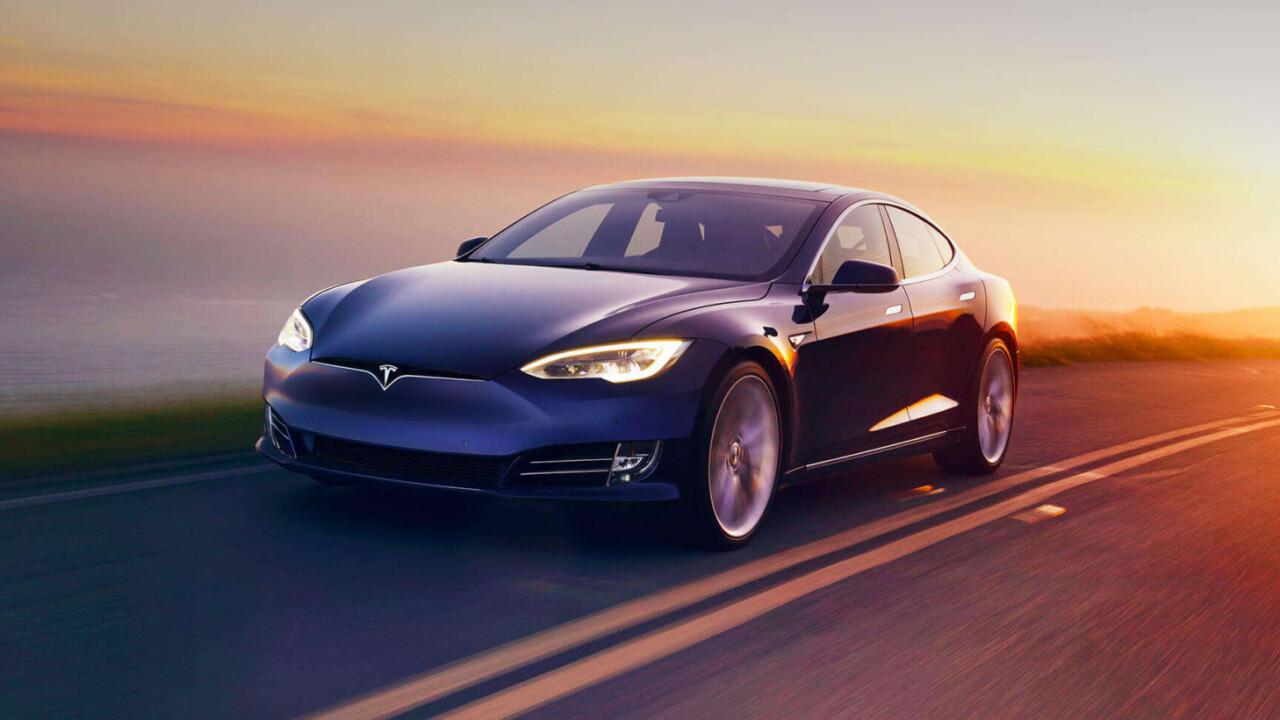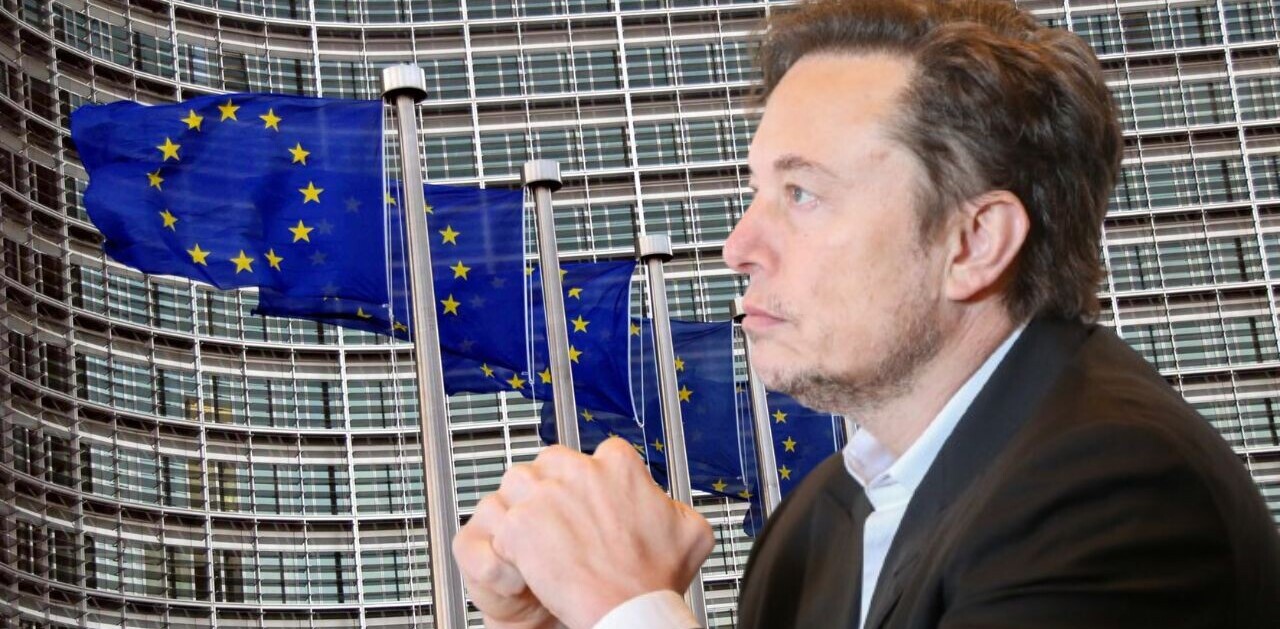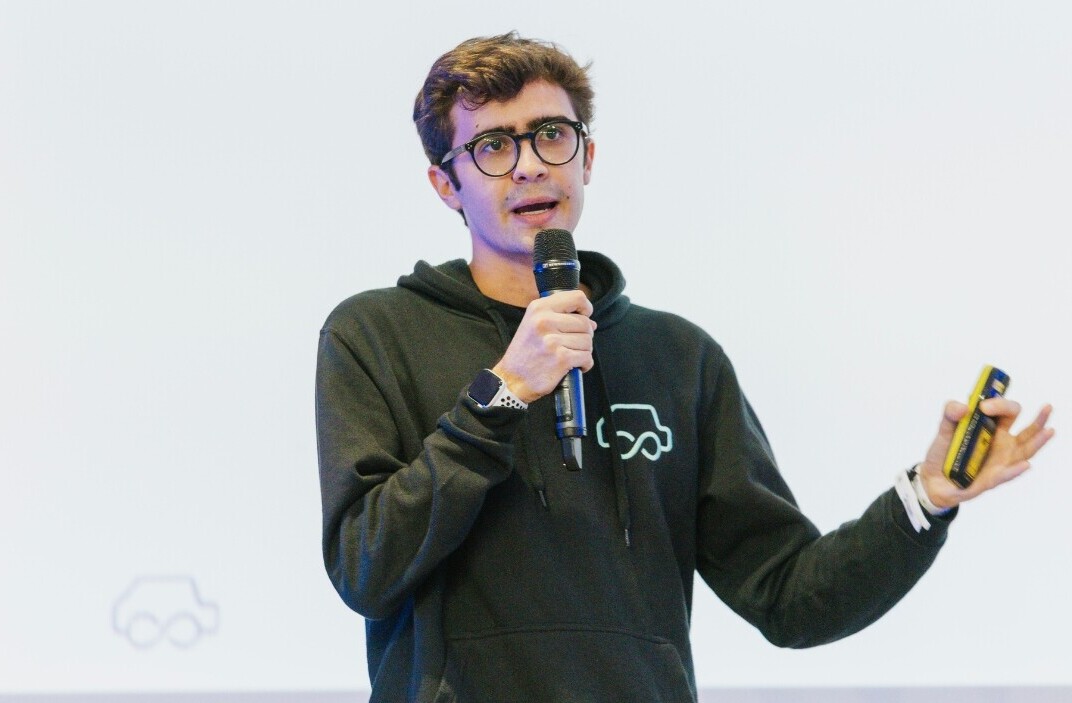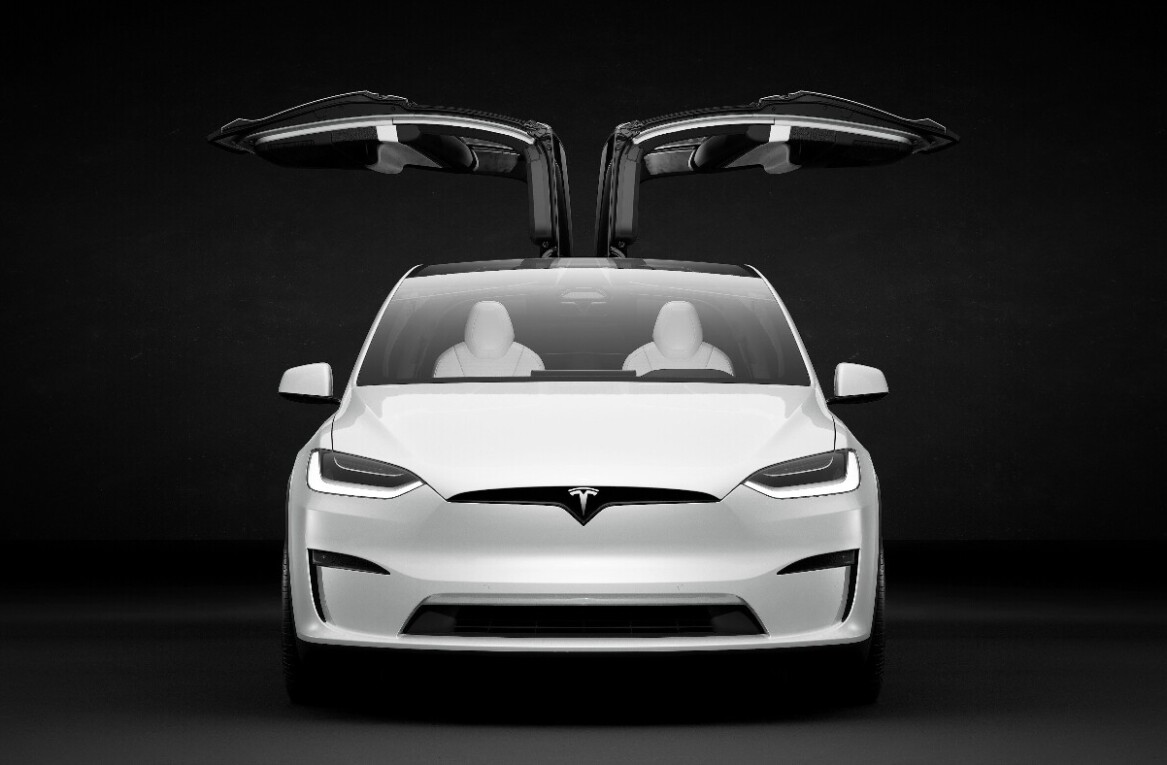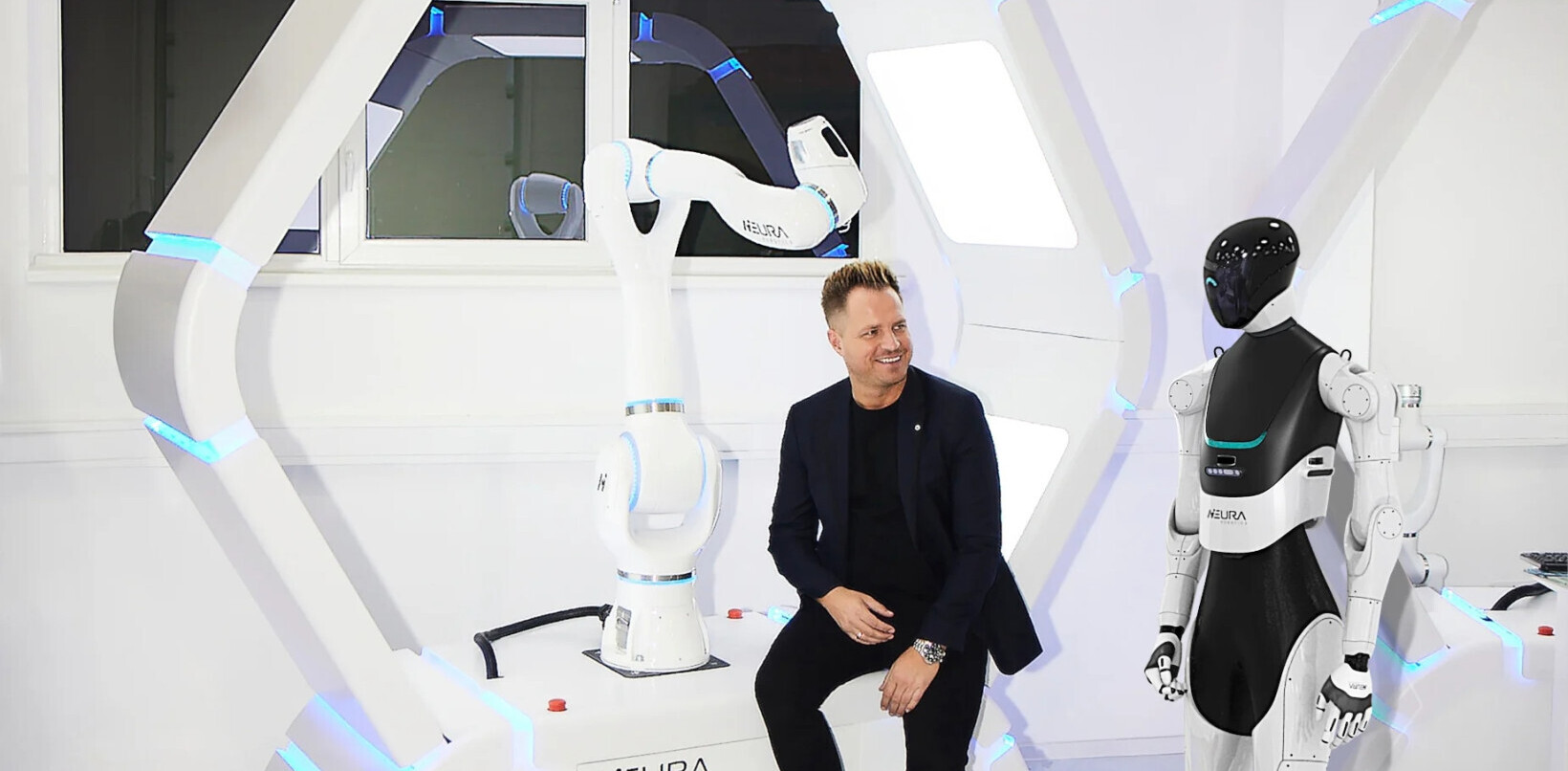Update: Following our report, Tesla has published the video Elon Musk promised in his tweet. We’ve embedded it below so you can watch it right here.
While Tesla’s Autopilot feature, which is still in beta, is pretty cool to see and makes certain operations like parking easier, the company believes that fully autonomous vehicles can ensure greater safety than having humans behind the wheel.
To that end, the company has announced that all forthcoming vehicles that it produces, including its presently available models and the Model 3, will be equipped with all the hardware necessary for full self-driving capability.
That includes eight cameras for 360-degree visibility around the car up to 250 meters away, 12 updated ultrasonic sensors for detecting objects, a forward-facing radar announced last month that can essentially ‘see’ through heavy rain and fog, as well as a new onboard computer to crunch all the data from those devices, which Tesla says is 40 times more powerful than its predecessor.
Vox estimates that all that gadgetry amounts to about $8,000 per vehicle. That’s a sizable investment into the company’s vision for the future of mobility.
However, it’s worth noting that this doesn’t mean you can just chill in the back seat when your new car is delivered: Tesla said that it’ll continue to calibrate its software using millions of miles’ worth of driving data before making full self-drivving features available to the public, and there isn’t yet a set timeline for that.
In addition, Teslas with this new hardware will temporarily lack certain features that the older ones have, like automatic emergency braking, collision warnings and active cruise control; these will be enabled later via over-the-air updates in two or three months.
Elon Musk tweeted that the company will soon release a video showing a Tesla autonomously navigate a ‘complex urban environment’; he also said that he will demonstrate a vehicle making its way from Los Angeles to New York – a distance of nearly 3,000 miles – in fully autonomous mode by the end of next year.
Will post video of a Tesla navigating a complex urban environment shortly. That was what took the extra couple of days.
— Elon Musk (@elonmusk) October 20, 2016
In the demo of the new hardware at work above, the car heads through a suburban neighborhood, gets on a freeway and arrives at a Tesla building, where it drops off the driver (who is only there for legal reasons, according to the video) and parks itself. Musk noted in a tweet that the car read signs while searching for a parking spot and avoided one meant for disabled drivers. He added that when you summon your car, it will eventually find you, even if you’re on the other side of the country.
If Tesla can make that happen by then, it’ll surge past other firms racing to make full self-driving tech a reality. Singapore-based Nutonomy and Uber are already testing autonomous cabs, while auto hardware giants Delphi and Mobileye are aiming to launch a self-driving system by 2019. BMW has its sights set on 2021 for its first self-driving car.
It also remains to be seen how such technologies will be received by regulators. Earlier this week, Germany’s transport minister asked Tesla to stop using the term ‘Autopilot’ to describe its electric cars’ driving assistance system in ads, over fears that people may assume it’s fully autonomous when that isn’t the case. Hopefully the automotive industry will be able to band together to create solutions that truly keep passengers safe.
Get the TNW newsletter
Get the most important tech news in your inbox each week.
